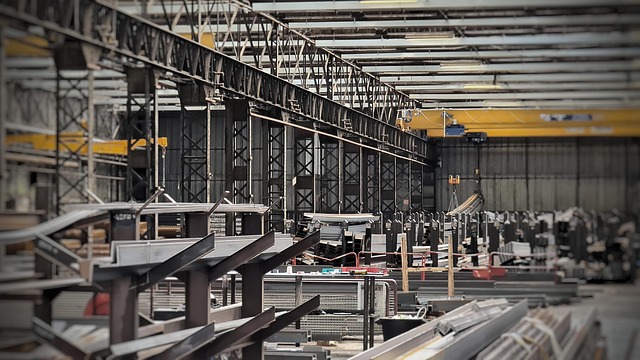Anti-Corrosion Methods for Industrial Metal Protection
Corrosion is a natural process that degrades metal when it reacts with its environment, and preventing it requires a combination of design, materials, coatings, and maintenance. This article explains why corrosion happens, how different coatings work, and which industrial strategies improve long-term protection. The goal is to give practical, evidence-based information that engineers, maintenance managers, and facility owners can use to assess risks and choose appropriate measures for metal assets in a variety of environments.

What causes corrosion on metal?
Corrosion is primarily an electrochemical reaction where metal atoms lose electrons and form oxides or other compounds. Factors that accelerate corrosion include moisture, dissolved salts, pollutants, acidic or alkaline conditions, and temperature fluctuations. Different metals behave differently: iron is prone to rust (iron oxide) in the presence of oxygen and water, while aluminum forms a thin oxide layer that can provide some natural protection. Mechanical stress, coating damage, and dissimilar metal contacts (galvanic coupling) also influence corrosion rates. Understanding the specific environment and failure modes is the first step in selecting effective protection measures.
How do coatings prevent corrosion?
Coatings act as a physical barrier that limits contact between the metal surface and corrosive agents. There are several coating strategies: barrier coatings (paints, epoxies, powder coatings) block moisture and oxygen; conversion coatings (phosphating, chromating alternatives) chemically modify the substrate for better adhesion; and sacrificial coatings (zinc-rich layers) corrode preferentially to protect the underlying metal. Some coatings incorporate corrosion inhibitors that leach active agents to slow localized attack. Proper surface preparation and application are essential—poorly applied coatings can trap moisture or peel, creating sites for rapid corrosion under the coating.
Industrial strategies for corrosion protection
In industrial settings, corrosion control combines materials selection, protective coatings, cathodic protection, and environmental management. Material choices may favor alloys with intrinsic resistance for a given exposure (stainless steels, duplex alloys, corrosion-resistant non-ferrous metals). Cathodic protection—using sacrificial anodes or impressed current systems—shifts the electrochemical potential to reduce metal loss for buried or submerged structures. Design measures such as avoiding crevices, allowing drainage, and minimizing galvanic contacts reduce risk. Regular monitoring, condition assessment, and lifecycle planning help prioritize interventions and allocate maintenance resources efficiently.
Selecting suitable coating for metal surfaces
Choosing a coating depends on substrate type, exposure conditions, expected service life, temperature range, and application method. For example, an epoxy primer with a polyurethane topcoat is common for outdoor industrial steel because it balances adhesion and UV resistance; zinc-rich primers are used where sacrificial protection is required. Consider compatibility with existing finishes, required thickness, cure time, and repairability. Application constraints—spraying, dipping, or brush—affect uniformity and cost. Industry standards and specifications (surface cleanliness, salt-spray testing criteria) provide objective benchmarks when comparing coating systems for an industrial project.
Maintenance and inspection for long-term protection
Even the best corrosion protection requires ongoing maintenance. Regular inspections identify coating failures, pitting, or underfilm corrosion before structural integrity is compromised. Nondestructive techniques—visual checks, ultrasonic thickness measurement, magnetic particle or dye penetrant testing—help track metal loss and coating condition. Routine cleaning to remove salts and contaminants, timely touch-ups of damaged coating areas, and documentation of repairs extend service life. A maintenance schedule based on environmental severity and risk assessment supports cost-effective replacement cycles and reduces unexpected downtime in industrial operations.
Corrosion control is most effective when it pairs appropriate materials and coatings with sound design and proactive maintenance. For industrial metal assets, a systems approach—assessing environment, selecting compatible coatings, applying them correctly, and committing to inspection—reduces deterioration and extends service life. Decisions should be informed by standards and field data so protection choices match the expected conditions and operational priorities.






